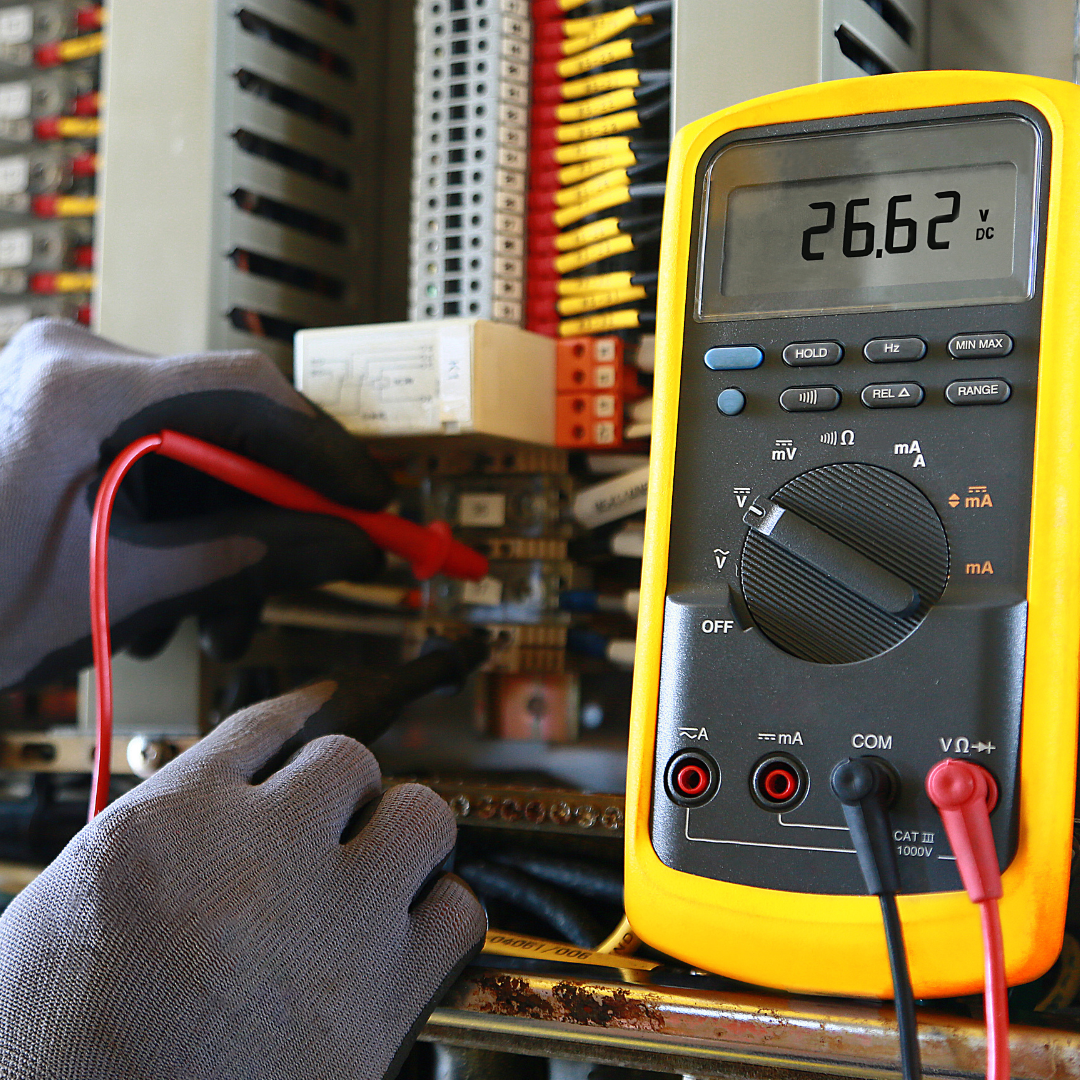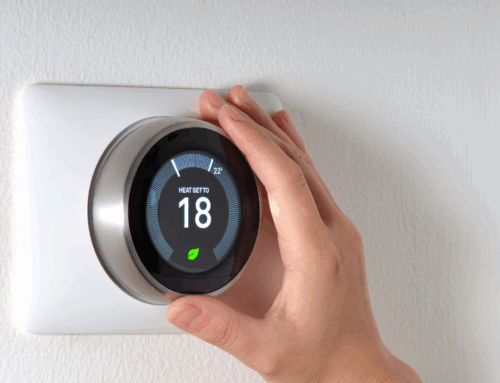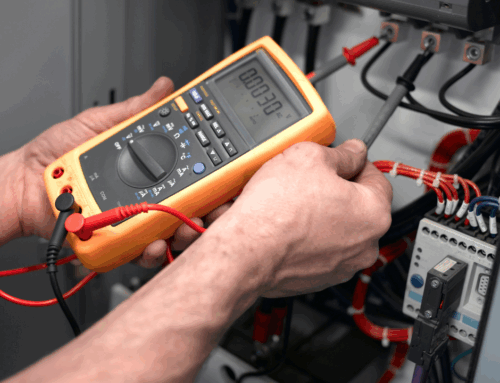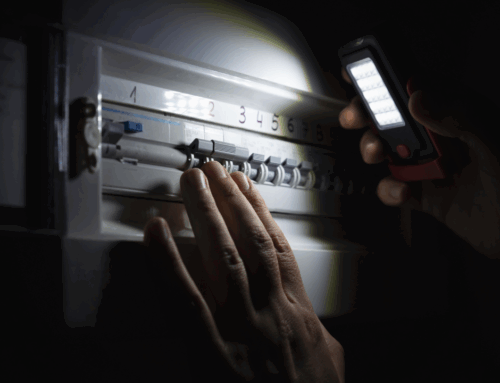When it comes to managing a commercial property, ensuring that your electrical installation complies with all relevant standards is not just a legal requirement; it is also a vital component of creating a safe and efficient working environment. Non-compliance can lead to safety hazards, increased insurance premiums, and potential legal liabilities.
1. Understand the Relevant Regulations
The first step in ensuring compliance is to familiarise yourself with the applicable regulations and standards. In the UK, the IET Wiring Regulations (BS 7671) govern electrical installations. These regulations specify the safety standards that all electrical work must adhere to, covering everything from design and installation to maintenance and inspection. Depending on your industry, there may be additional regulations to consider, such as those set by the Health and Safety Executive (HSE) or specific industry standards. Understanding these regulations is crucial for ensuring your installation is compliant.
2. Hire Qualified Professionals
One of the most important steps in ensuring compliance is to engage qualified electrical contractors who are familiar with current regulations and best practices. Look for contractors registered with recognised organisations such as NICEIC or the Electrical Contractors’ Association (ECA). These certifications indicate that the contractor has undergone rigorous training and is committed to adhering to safety and quality standards. Experienced professionals can also help you navigate the complexities of compliance and provide valuable guidance throughout the installation process.
3. Conduct a Thorough Risk Assessment
Before commencing any electrical work, conduct a comprehensive risk assessment of the installation site. This assessment should identify potential hazards, including overloaded circuits, inadequate wiring, and environmental factors that may affect electrical systems. By identifying these risks early on, you can take proactive measures to mitigate them and ensure that your installation adheres to safety regulations. The risk assessment should be documented and reviewed regularly, particularly if changes to the electrical system are made.
4. Implement Best Practices During Installation
During the installation process, it’s crucial to follow best practices to ensure compliance. This includes using high-quality materials that meet industry standards, adhering to proper installation techniques, and ensuring that all components are appropriately rated for the intended use. Additionally, proper labelling of circuits and equipment can help facilitate maintenance and inspections, further supporting compliance efforts.
5. Regular Inspections and Testing
Once your electrical installation is complete, regular inspections and testing are essential to ensure ongoing compliance. The IET Wiring Regulations recommend that all electrical installations be inspected and tested at least every five years or at the change of occupancy. For commercial properties, these checks may be required more frequently, depending on the type of equipment and usage patterns. Engaging a qualified electrician to conduct these inspections will help identify any issues early and ensure that your installation remains compliant.
6. Maintain Documentation
Keeping thorough documentation of all electrical work is crucial for compliance. This includes records of the original installation, risk assessments, inspection reports, and any maintenance performed on the system. Documentation serves as proof that your installation meets regulatory requirements and can be invaluable during inspections or in the event of a safety incident. It is advisable to establish a systematic approach to maintaining records, ensuring they are easily accessible and up to date.
7. Stay Informed of Changes in Legislation
Electrical regulations can change, so it’s essential to stay informed about any updates that may affect your installation. Subscribe to relevant industry publications, attend training sessions, and participate in professional associations to keep abreast of new developments. Understanding changes in legislation will help you ensure that your installation remains compliant and safe.
Ensuring that your electrical installation meets compliance standards is a critical responsibility for any commercial property owner or manager. By understanding relevant regulations, hiring qualified professionals, conducting thorough risk assessments, implementing best practices, and maintaining proper documentation, you can create a safe and compliant electrical system. Regular inspections and a commitment to staying informed about regulatory changes will further enhance your compliance efforts, protecting your business and ensuring a safe environment for all occupants. Investing time and resources in compliance not only mitigates risks but also contributes to the long-term success of your commercial property.







Leave A Comment